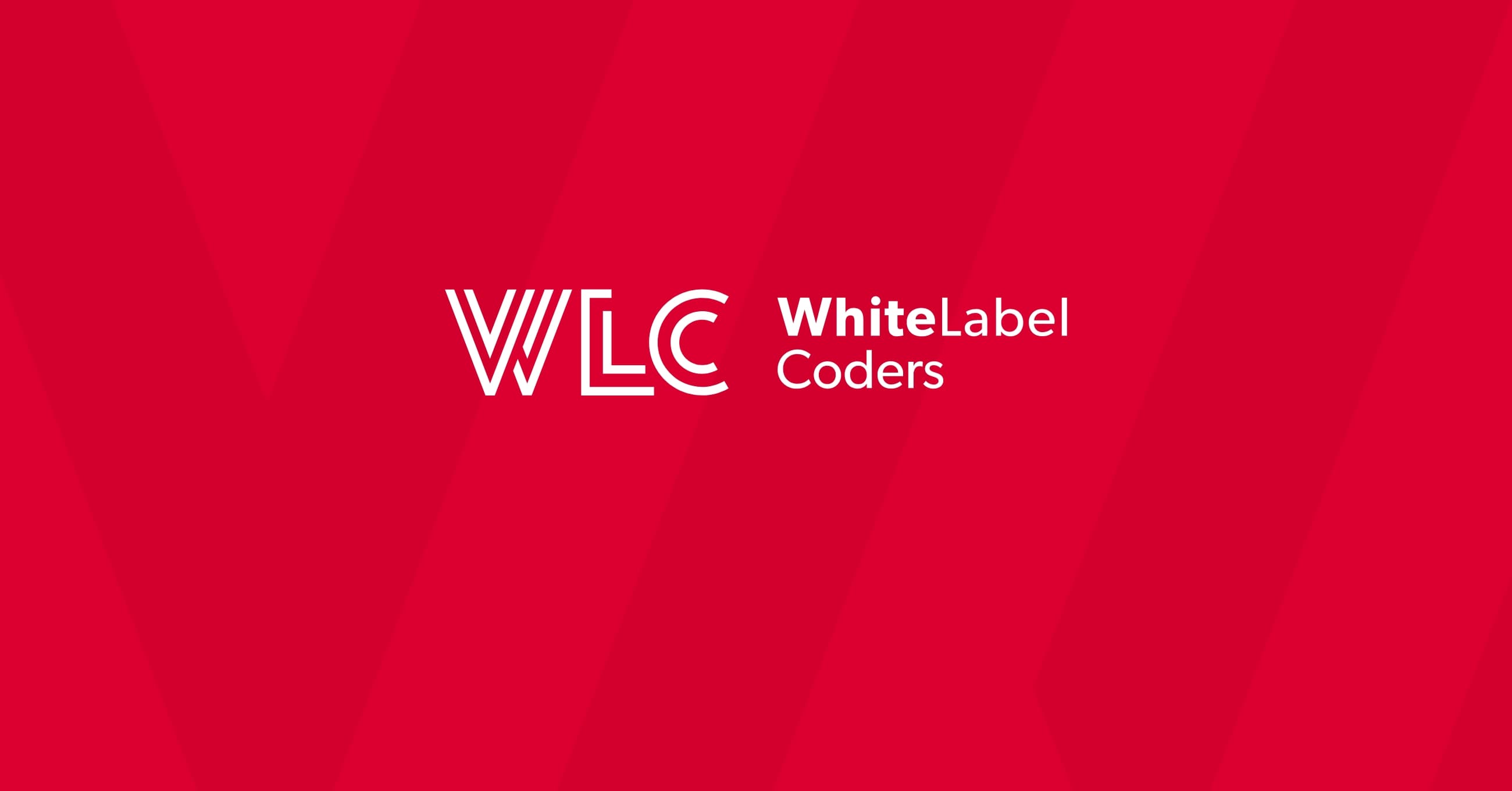Category: SEO AI
How can I improve my affiliate website’s Core Web Vitals score quickly?

Improving your affiliate website’s Core Web Vitals score requires targeting three specific metrics: Largest Contentful Paint (LCP), First Input Delay (FID), and Cumulative Layout Shift (CLS). The fastest improvements come from optimising images, reducing JavaScript execution time, and eliminating layout shifts from dynamic content. Most affiliate sites can see meaningful improvements within 2-4 weeks by addressing render-blocking resources and server response times.
What are core web vitals and why do they matter for affiliate websites?
Core Web Vitals are three specific website performance metrics that Google uses to measure user experience: Largest Contentful Paint (LCP), First Input Delay (FID), and Cumulative Layout Shift (CLS). LCP measures loading performance and should occur within 2.5 seconds. FID measures interactivity and should be less than 100 milliseconds. CLS measures visual stability with a score below 0.1 being ideal.
For affiliate websites, these metrics directly impact your bottom line. Poor Core Web Vitals scores lead to higher bounce rates, which means visitors leave before clicking your affiliate links. Google also uses these metrics as ranking factors, so slow-loading comparison pages and casino reviews will rank lower in search results.
When your affiliate site loads slowly or shifts content around unexpectedly, users lose trust. They’re less likely to click through your carefully crafted bonus offers or casino recommendations. Even a one-second delay in page loading can reduce conversions by up to 7%, which directly affects your commission potential.
What’s causing your affiliate website to have poor core web vitals scores?
Heavy comparison tables are often the biggest culprit behind poor affiliate site performance. These tables load multiple operator logos, bonus information, and rating systems simultaneously, creating massive LCP issues. Multiple affiliate tracking scripts from different networks also compete for browser resources, significantly increasing FID scores.
Large image galleries showcasing casino interfaces or sports betting platforms frequently lack proper optimisation. Uncompressed screenshots and promotional banners can easily exceed 1MB each, drastically slowing your LCP. Complex page builders with numerous plugins and widgets create render-blocking resources that delay content visibility.
Dynamic content loading presents another challenge. Affiliate banners that load after page content cause layout shifts, worsening your CLS score. Real-time odds displays, bonus counters, and promotional pop-ups often trigger unexpected content movements that frustrate users and hurt your Core Web Vitals performance.
How can you fix largest contentful paint issues on affiliate pages?
Image optimisation delivers the fastest LCP improvements for affiliate websites. Convert all casino screenshots and operator logos to WebP format, which reduces file sizes by 25-50% without quality loss. Implement responsive web design with proper sizing attributes to prevent browsers from downloading unnecessarily large files on mobile devices.
Server response time optimisation makes a dramatic difference for comparison pages. Enable server-side rendering for your affiliate content so search engines and users receive fully formed HTML immediately. Implement advanced caching strategies that store your operator databases and bonus information closer to users.
Eliminate render-blocking resources by loading CSS and JavaScript files asynchronously. Move non-critical affiliate tracking scripts to load after your main content appears. Consider using a content delivery network specifically optimised for affiliate sites, which can reduce loading times by 40-60% in international markets where many operators focus their efforts.
What are the fastest ways to improve first input delay and cumulative layout shift?
JavaScript optimisation provides the quickest FID improvements. Defer loading of affiliate tracking scripts until after user interaction begins. Break large JavaScript bundles into smaller chunks that load progressively, allowing users to interact with your comparison tables while background scripts continue loading.
Eliminate CLS issues by reserving space for dynamic content before it loads. Set specific dimensions for affiliate banners, operator logos, and promotional elements in your CSS. This prevents content from jumping around when images or advertisements finally appear on screen.
Third-party script management requires careful prioritisation. Load only the most important affiliate tracking codes immediately, then queue additional scripts to load during idle browser time. Replace heavy social media widgets and review systems with lighter alternatives that don’t block user interactions.
Responsive design problems often create layout shifts on mobile devices. Test your affiliate pages across different screen sizes and ensure comparison tables adapt smoothly without causing content to reflow unexpectedly. Use CSS Grid or Flexbox for stable layouts that maintain their structure regardless of content loading order.
How do you measure and monitor core web vitals improvements over time?
Google PageSpeed Insights provides the most comprehensive analysis for affiliate websites. Test your main comparison pages, individual operator reviews, and bonus landing pages separately. The tool shows both lab data (simulated testing) and field data (real user experiences) to give you a complete performance picture.
Search Console’s Core Web Vitals report reveals which pages need immediate attention across your entire affiliate site. Monitor this weekly to catch performance issues before they impact your search rankings. Pay special attention to pages with high traffic volumes, as these have the greatest impact on your overall site assessment.
Real-world data differs significantly from lab testing because actual users have varying internet speeds, devices, and locations. Set up ongoing monitoring systems that track performance across different geographic regions where your target operators are popular. This helps you understand how your international audience experiences your affiliate content.
For affiliate websites with multiple landing pages, create a monitoring dashboard that tracks your most important pages automatically. Focus on pages that generate the highest affiliate commissions, as even small performance improvements on these pages can significantly impact your revenue. Understanding how to optimise your WordPress-based website can provide additional strategies for improving overall performance.
Improving Core Web Vitals requires consistent effort, but the impact on your affiliate business makes it worthwhile. Better performance leads to higher search rankings, improved user experience, and ultimately more affiliate conversions. Working with web development outsourcing specialists can help achieve optimal performance through server-side rendering, advanced caching, and technical optimisations. For affiliate sites specifically, implementing internal linking strategies for iGaming affiliate websites alongside Core Web Vitals improvements can deliver measurable results for your business.

